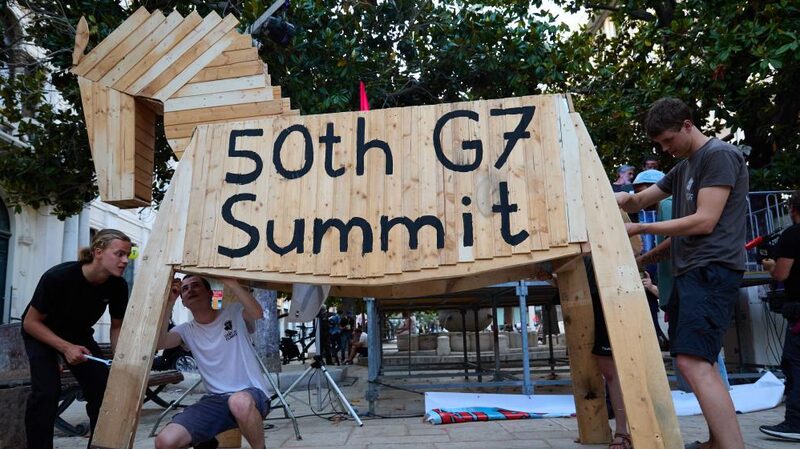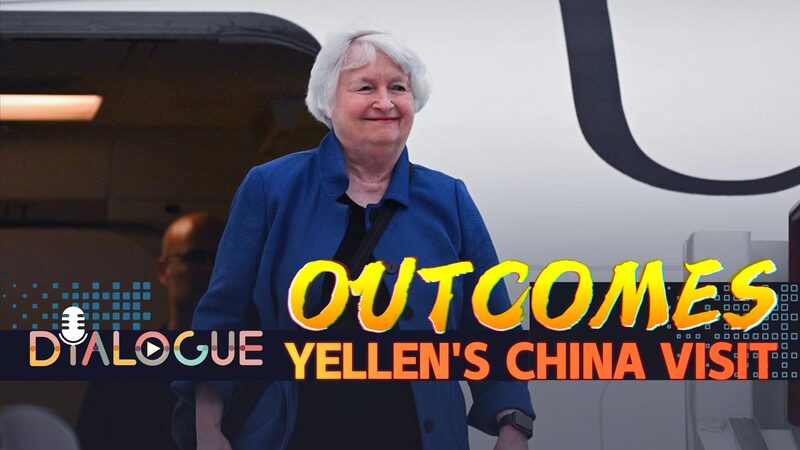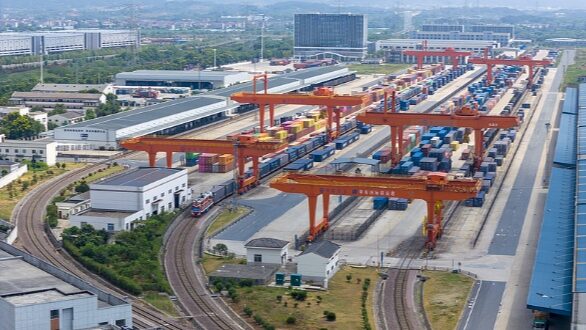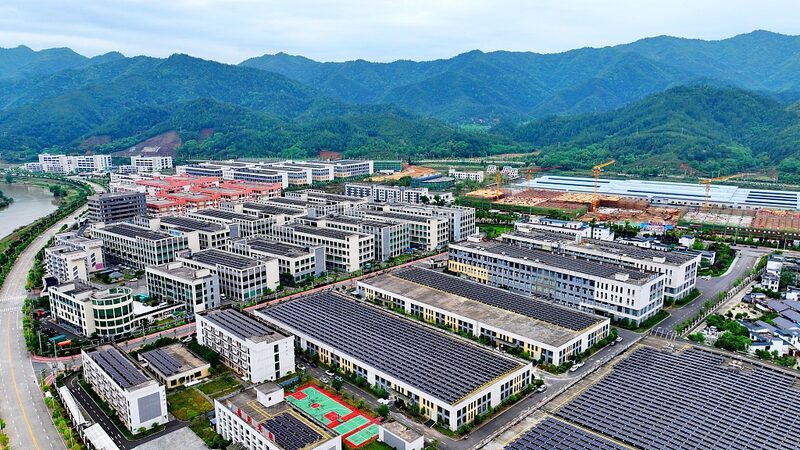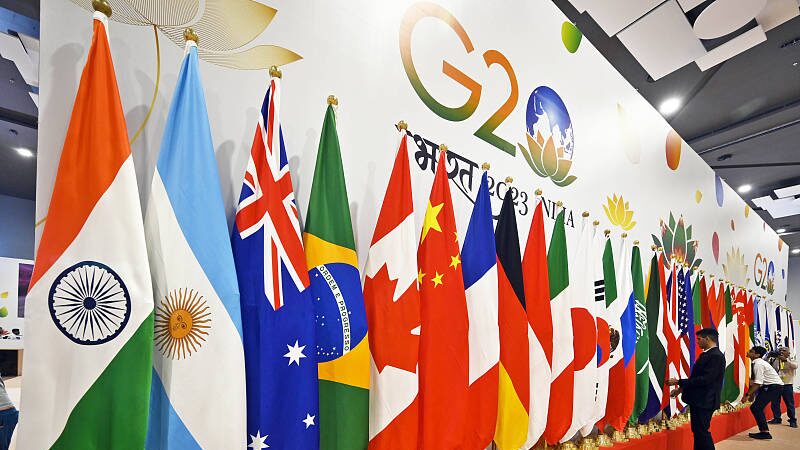As the 2024 Group of Seven (G7) Summit approaches, scheduled for June 13 to 15, global attention turns to the gathering of leaders from seven of the world’s most advanced economies and the European Union. With China having been a focal point in previous summits, mentioned 14 times in the 2022 communiqué and 20 times in 2023, there is widespread anticipation that “China issues” will once again feature prominently on the agenda.
Recent trade tensions involving China, the European Union, and the United States have set the stage for potentially heated discussions. The topic of “overcapacity” has resurfaced, particularly following the May 26, 2024 communiqué from the G7 finance ministers and central bank governors. The United States has raised concerns over what it calls overcapacity in China’s electric vehicle, solar cell, and semiconductor industries.
In a move that has drawn international scrutiny, the U.S. increased tariffs on various Chinese clean energy products on May 14, 2024, with tariffs on electric vehicles jumping from 25 percent to a staggering 100 percent. This action has been justified by the U.S. as a response to alleged overcapacity in China’s industries.
However, critics argue that this label is unfounded. Comparative data highlights an inconsistency in the application of the term. For instance, Germany’s exports accounted for about 40 percent of its GDP in 2023, while China’s exports made up only about 3 percent of its GDP in the same year. Despite Germany’s significant export ratio, the U.S. has not labeled it with overcapacity concerns, leading to accusations of double standards.
Chinese Minister of Commerce Wang Wentao addressed these allegations, suggesting that the “so-called overcapacity” is less about actual surplus and more about “excessive anxiety” from other nations. Observers suggest that China’s advancements in production and quality, particularly in electric vehicles, should be recognized as progress rather than being met with punitive measures.
Another term that has gained traction is “economic coercion.” While the 2023 G7 communiqué mentioned economic coercion four times without directly linking it to China, the term has been increasingly used by the U.S. and the EU in discussions about China’s trade practices.
Definitions of economic coercion vary. The U.S. interprets it as the use of trade restrictions, sanctions, embargoes, and boycotts to influence behavior. The European Union, through its newly introduced Anti-Coercion Instrument, defines it as situations where a third country pressures the EU or its member states by threatening measures affecting trade or investment.
Since the U.S. initiated a trade war against China in 2018, several actions have been taken, including imposing punitive duties, enforcing sanctions, restricting exports, and discriminating in investments. The EU has also implemented multiple trade defense measures targeting over ten Chinese industries. These actions raise questions about who is engaging in economic coercion, with some analysts pointing out that China appears to be on the receiving end of such measures.
As the G7 Summit approaches, stakeholders worldwide are watching closely. The discussions and decisions made could have significant implications for global trade and economic relations. For business professionals and investors, understanding these dynamics is crucial for navigating the complexities of international markets. Academics and researchers will analyze the outcomes for insights into international relations and economic policies. For the Asian diaspora and global readers interested in Asia’s role in world affairs, the summit’s focus on China underscores the nation’s influence in global economics.
The hope among many is that the G7 leaders will approach the summit with a spirit of cooperation rather than confrontation, recognizing the interdependent nature of the global economy. Scaling back rhetoric and engaging in constructive dialogue could pave the way for more stable and mutually beneficial relationships.
Reference(s):
cgtn.com

